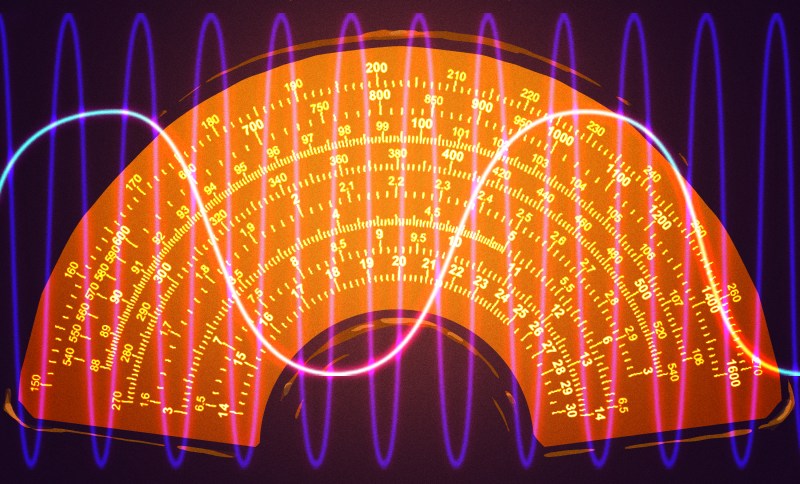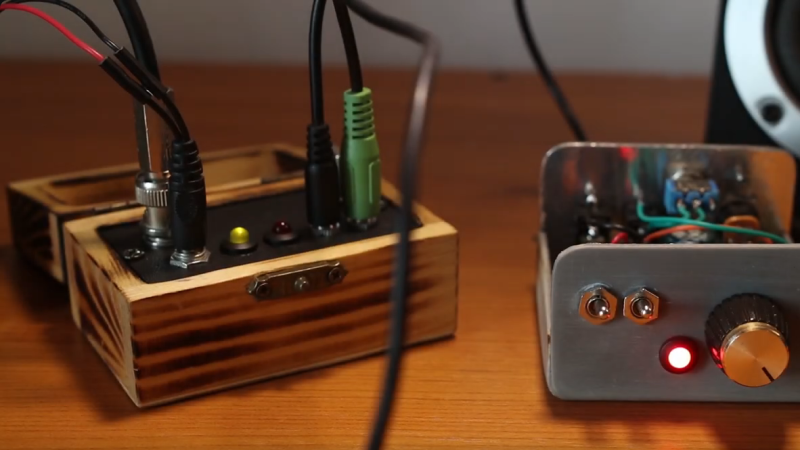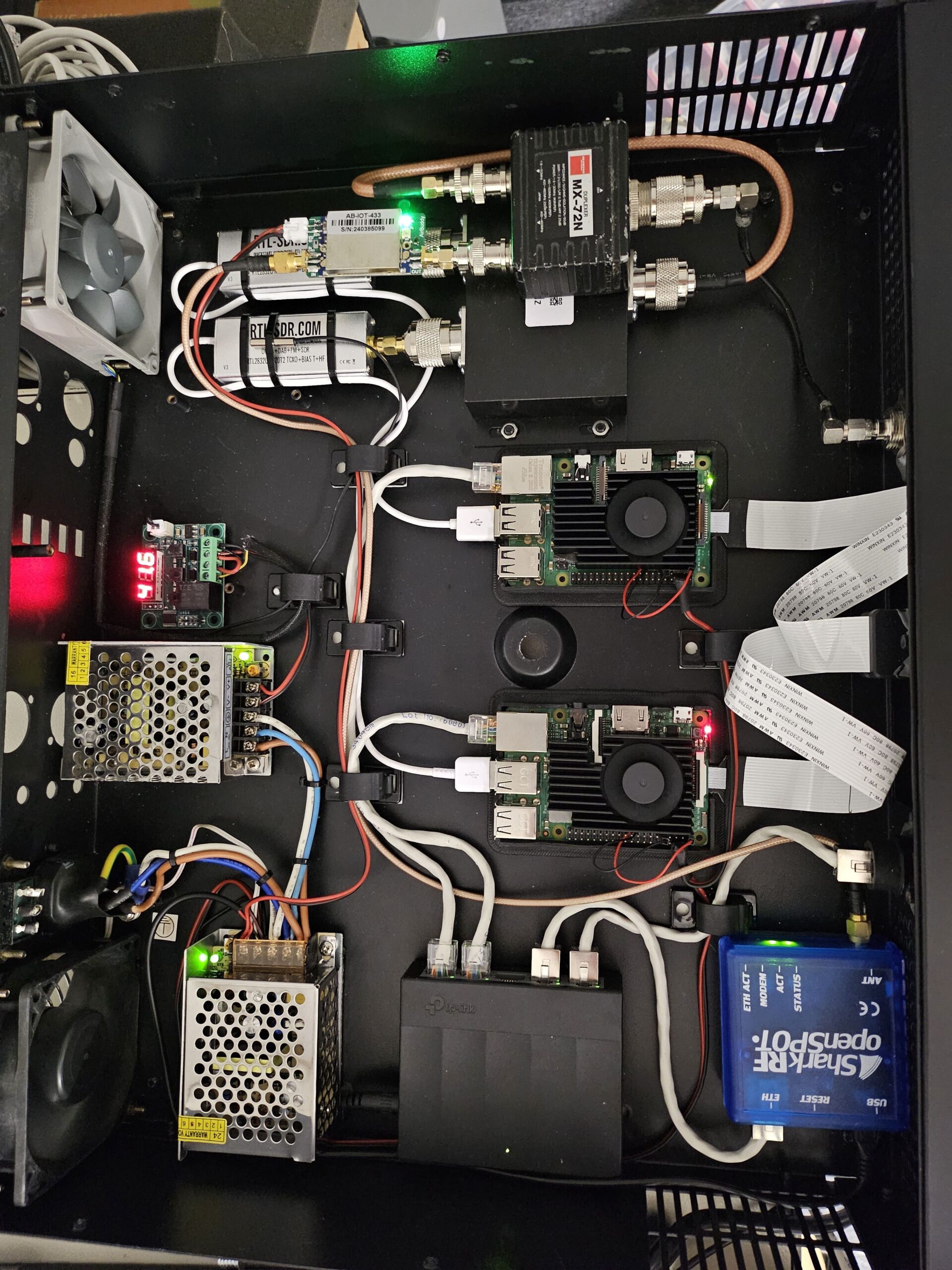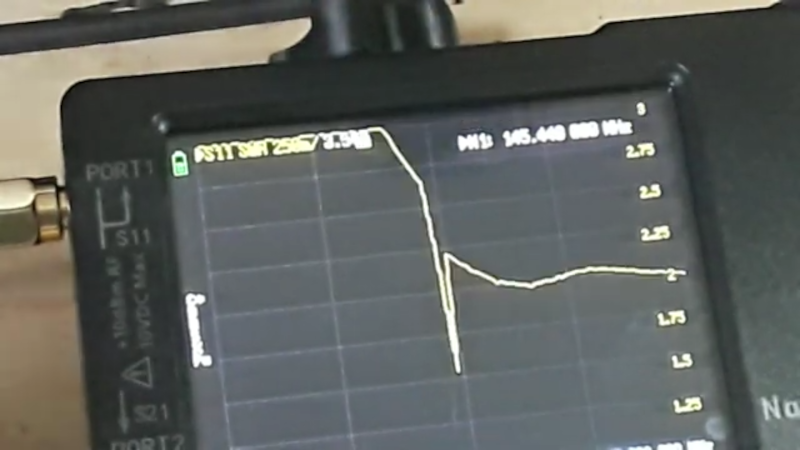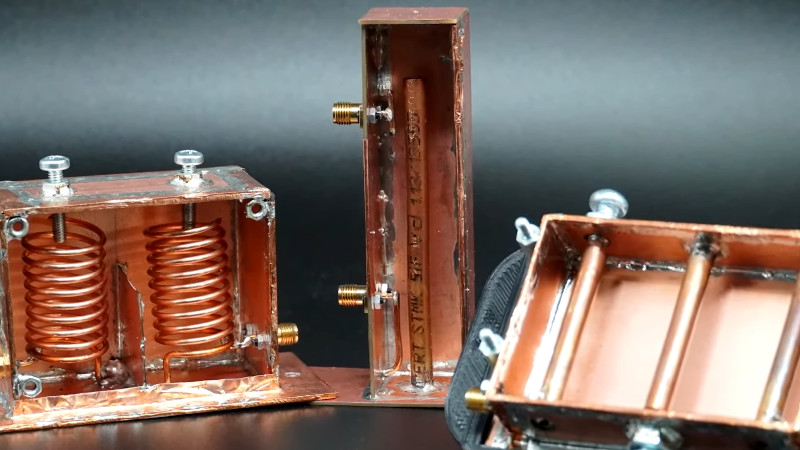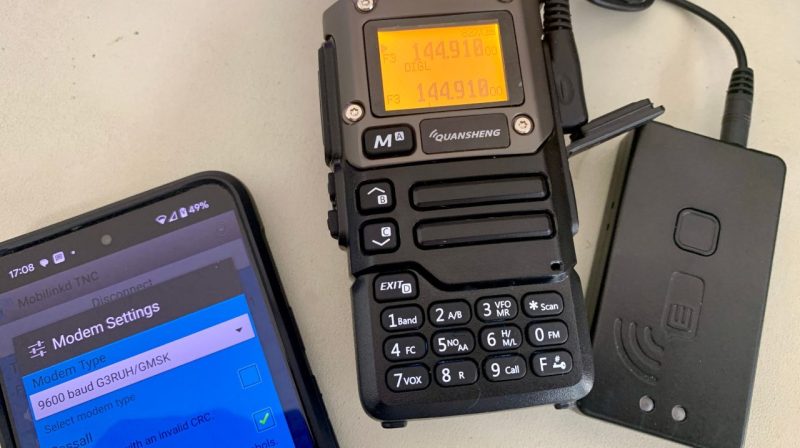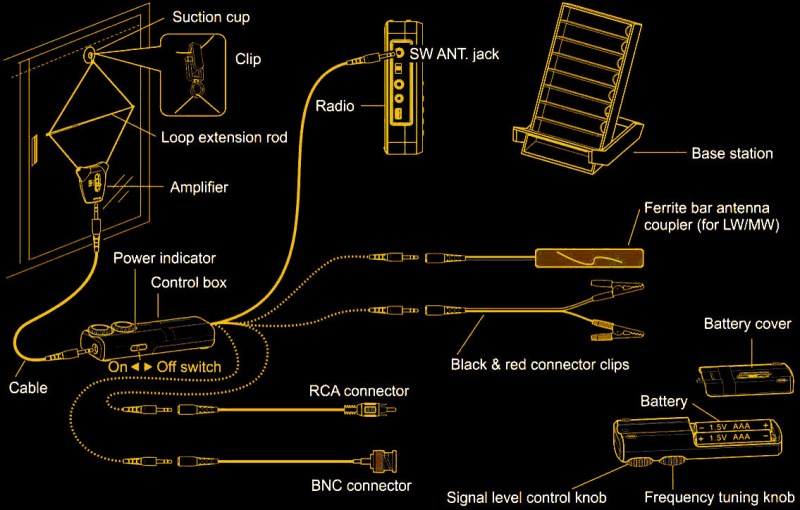
It is one of Murphy’s laws, we think, that you can’t get great things when you need them. Back in the heyday of shortwave broadcasting, any of us would have given a week’s pay for even a low-end receiver today. Digital display? Memory? Digital filtering? These days, you have radios, and they aren’t terribly expensive, but there isn’t much to listen to. Making matters worse, it isn’t easy these days to string wires around in your neighborhood for a variety of reasons. Maybe you don’t have a yard, or you have deed restrictions, or your yard lacks suitable space or locations. This problem is so common that there are a crop of indoor antennas that seem attractive. Since I don’t often tune in shortwave and I don’t want to have to reset my antenna after every storm, I decided to look at the Tecsun AN-48X along with a YouLoop clone from China. Let’s start with the Tecsun.
In the Box
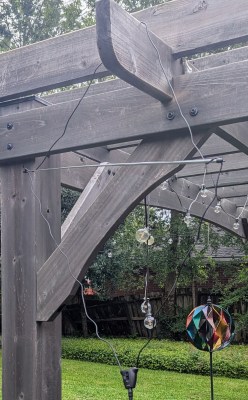
The antenna is not terribly cheap at about $50 or so, but there’s a lot in the box. The business end looks like something you’d wear around your neck. A small box has a switch for three bands — LW, AM, and SW. the two wires coming out of that box form a loop. You can stick the loop to something using a suction cup or a hook. There’s also a little bar that looks like a standard telescoping antenna but it has two plastic clips on the end. You use this to form the loop into a diamond shape with the telescoping rod about halfway.
At the bottom of the box with the switch is a standard 1/8″ jack. A cable connects that jack to a similar jack on the control unit which is about the size of a large pack of gum and has two AAA batteries inside. That box has a switch, two knobs, and a pigtail with another 1/8″ jack.
If your radio takes a 1/8″ plug for an antenna, that’s where you connect it. If it doesn’t, you have a few options. The box contains pigtails that convert the plug to BNC, RCA, alligator clips, or a ferrite bar that can couple to a radio’s internal antenna. You probably need SMA for a modern radio, so you’ll need an adapter. There’s also a plastic stand that can hold your radio and the ferrite bar if you are using it.
The knobs on the control box control the gain and tune the frequency of the antenna. Other than the switch close to the loop, all the other controls are on the control box, which stays close to your radio. So, as long as you don’t care about jumping between LW, AM, and SW, you don’t need to access the loop part during operation.
A Few Tests
I decided to try the antenna at a few different times a day in a few different locations. I used an old portable DAK shortwave receiver and also a more modern SDR receiver.
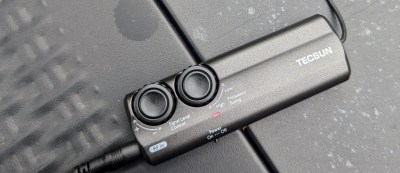
For the first test, I hung the loop on my upstairs stair rail and let the cable drop down to the first floor. During the day, WWV was barely audible, and there was little else to hear outside of noise. Granted, this was indoors. The signal level control didn’t seem to do much. The tuning frequency knob reminded me of a regenerative receiver control. You could hear the device oscillate, and just past the oscillation, you’d get the best signal. It made me wonder if the inner circuit was, in fact, a regenerative amplifier.
The portable shortwave uses a regular jack, but for the Malachite, I had to use a BNC to SMA adapter. Neither radio could pull much out. Nighttime reception was a little better, but not much.
The Great Outdoors
Unsurprisingly, the device worked a little better outdoors. I hung it from an exposed beam on a pergola, and at night, there were a few fairly clear signals. During the daylight hours, WWV was elusive, but the Voice of America and Radio Havana — not too far from Houston — were easy to copy, especially if you understand French. I even managed to catch a few faint snags of WWVH.
The video below shows a few audio clips of the results. Forgive the outdoor glare on the screen in the first clip. I omitted the clips with music that YouTube might flag, but you get the idea.
I also tested a YouLoop clone. This worked almost as well as the Techsun, but not quite as well. However, there was nothing to fidget with on the frequency.
The YouLoop
The YouLoop has an interesting idea. It uses coax for the loop and configures it like a Mobius strip so that it is kind of, an infinite loop. At the bottom is a balun with three connectors, and at the top is a phase inverter. That sounds fancy, but it really is just a box that connects the inside of one cable to the outside of the other. The antenna came with a powered preamp, although if your radio has a preamp, you probably don’t need it.
It is handy that it just works, and the coax sections are stiff enough to be easy to handle when you want to hang it from a branch, for example. However, it also doesn’t pack down as tightly, and the boxes are metal, which adds to the weight but is probably better for shielding.
Signals on this loop were almost always lower in volume than the same signal from the Tecsun, even with the preamp. On the other hand, if you don’t need the preamp, this antenna takes no batteries. It is simple enough that you can try it and see if you like it without a major investment.
Observations
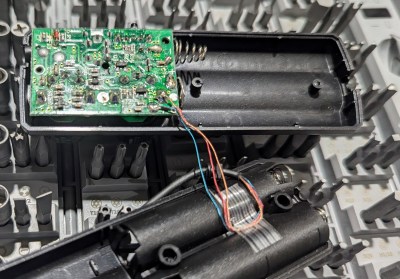
While the Tecsun is light, I can’t help but wonder if the shielded feedline might not have helped it. For both antennas, having the preamp close up to the feed point might pay off, although maybe some of the wire between the antenna and the control boxes or preamp becomes part of the antenna. It isn’t, after all, a tuned antenna.
The Tecsun’s control box frequency knob is maddeningly sensitive, but it does seem to help things. Inside the box is a tiny PCB, and I didn’t find any online schematics.
Should you run out and get either of these antennas? If you have other options, probably not. But if you need something, both of them are better than nothing.
If you haven’t had a shortwave radio in a while, they are surprisingly cheap these days. Well, most of them, anyway.
